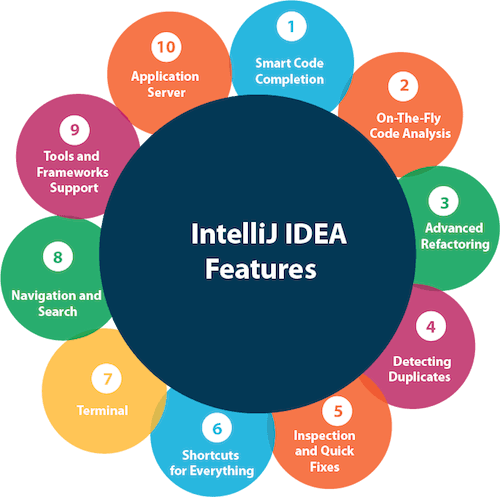

You can then click on the Community icon, or link, to start downloading the installation file onto your Mac. In order to install the IntelliJ IDEA code editor, you first need to open a browser and navigate to the download page from the JetBrains website. To follow along with this book though, and considering the widespread use of the IntelliJ IDEA code editor in an enterprise setting, we will proceed with the installation of its Community edition. We of course do not mandate the use of the IntelliJ IDEA code editor and, as a matter of fact, you should be free to code in whichever editor you feel most comfortable and productive. You can find further details on the support for writing Scala in other code editors at the Scala Documentation. It is worth pointing out that there are numerous editors that can assist you with writing Scala code, including, ScalaIDE, EMACS, and others. The features provided by the Community edition would be just fine to run the code snippets that we will demonstrate in this book. There is also an Ultimate commercial option that provides additional built-in features. At the time of writing, the current version of IntelliJ is IntelliJ IDEA 2019.1.2 for the free Community download. Otherwise, that’s OK as we will walk-through the installation steps for IntelliJ.

If you have programmed in another language before in the like of Java, you may already be familiar with the IntelliJ IDEA code editor. As a reminder, we will use the IntelliJ IDEA code editor to help us easily write and execute our Scala code. This tutorial is a much needed update on the previous instructions for installing the IntelliJ IDEA code editor.


 0 kommentar(er)
0 kommentar(er)
